Health Resorts with physiotherapy
Insiders tips
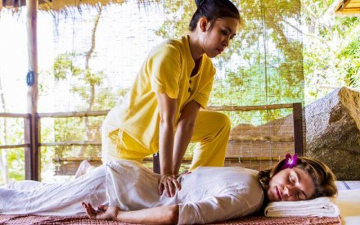
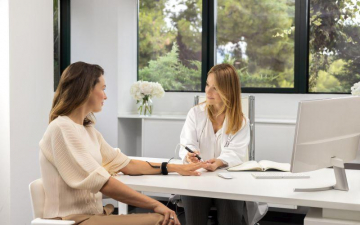
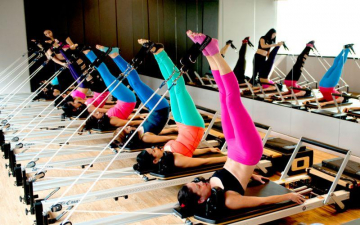
Discover all our Physiotherapy holidays

Want to feel stronger, fitter and more resilient? These programmes combine training, therapies and recovery to boost strength, energy and balance

Improve your health with detox and weight loss programmes combining nutrition, exercise and treatments.

In need of movement, strength, and renewed energy? Discover programmes with sport, fitness, and yoga that help you become stronger, recharge, and restore your balance

Reconnect body and mind with movement therapy, spa and mindfulness
Strengthen your body with training, therapies and wellness and work on correct posture and enhance overall body function
Boost mental resilience through coaching, neurotherapy and deep relaxation


Restore your body with medical physiotherapy focused on pain relief and better mobility. Ideal for injury recovery, poor posture or neurological issues

Strengthen your body, metabolism and emotional balance through two effective programmes using Ayurveda, yoga and movement
Reduce chronic pain with physiotherapy, Ayurveda and yoga. For relief from back, joint or muscle pain and improved mobility

Boost your health with programmes for sleep, heart, metabolism, diabetes and vitality. Holistic therapies restore balance in body and mind

Fully unwind with spa, personal care and peaceful programmes for insight and balance.

Not ready to commit to a programme? Book your stay only and personalise your SHA journey on-site with help from the expert team
Recharge and rebalance. Recover & Energise boosts your energy at a cellular level, while Sleep Well addresses the root of sleep issues. Both help restore vitality and promote deep, lasting rest

Recharge and rebalance. Recover & Energise boosts your energy at a cellular level. Help restore vitality and promote deep, lasting rest
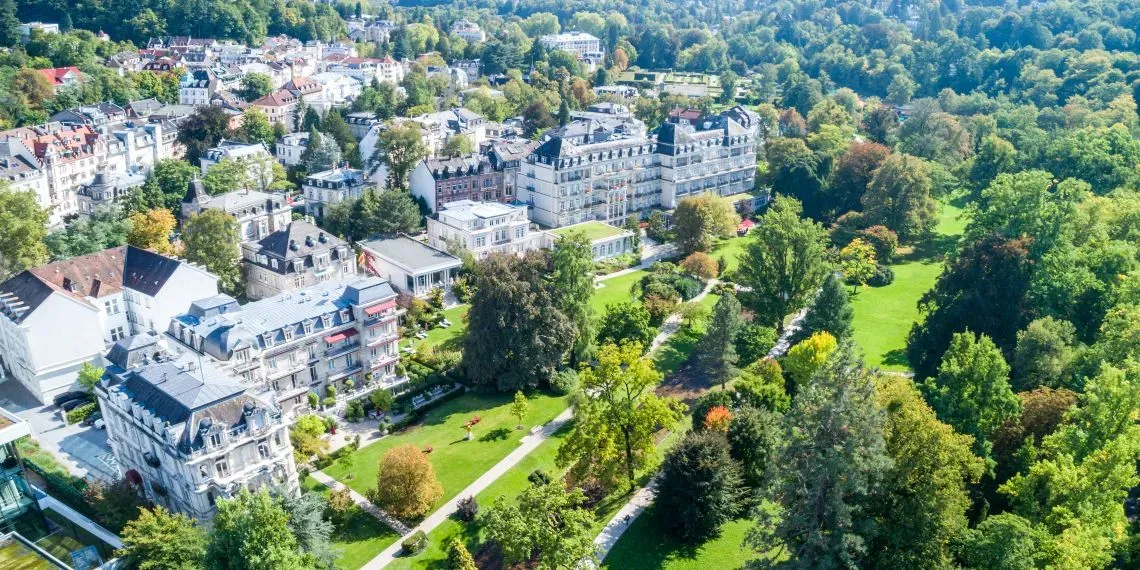
Unwind and recharge with programmes that restore body and mind through relaxation, movement and nature experiences.
Strengthen your immune system and recover faster with programmes combining nutrition, movement and therapies for long-term protection.
Move freely and reduce pain with programmes that improve posture, mobility and joint health

Targets muscle and joint pain like back issues, arthrosis or imbalance. Includes physiotherapy, heat and movement to ease pain
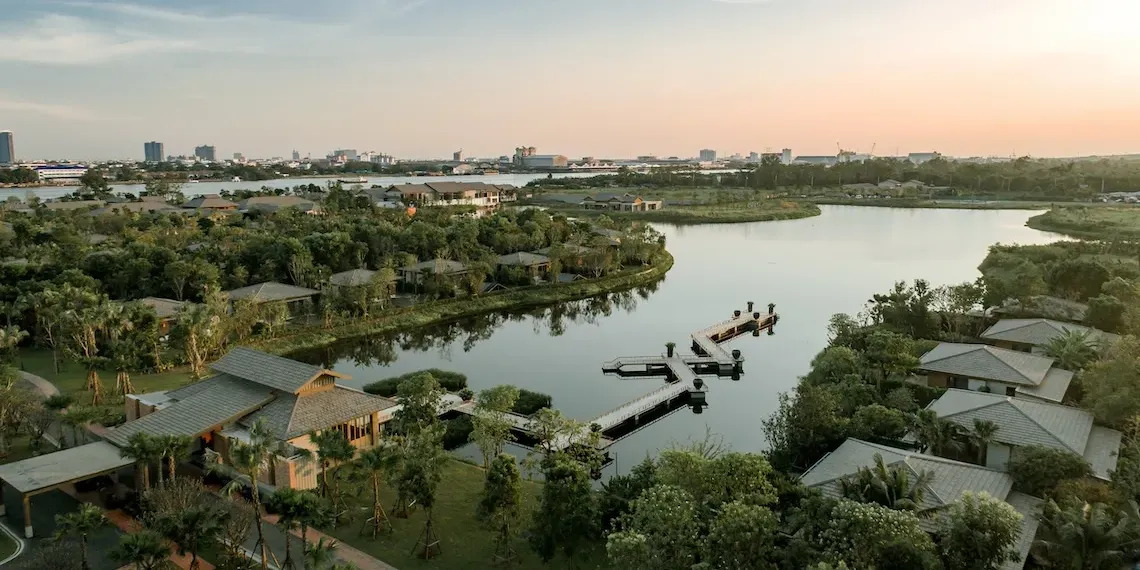
Purify, energise and reset your system with RAKxa’s detox and weight management programmes. Traditional and clinical approaches work together to eliminate toxins and optimise metabolic function.
Recover physical function after injury, surgery or a sedentary lifestyle. Personalised physiotherapy and assessments restore mobility, strength and coordination.

Recover, cleanse and renew. Here you will find programmes for detox, sleep optimization, and anti-aging therapies to enhance your energy, clarity, and vitality on every level
What is Physiotherapy
Physiotherapy, also known as physical therapy, is a branch of healthcare that uses physical techniques and exercises to help people recover from injuries, illnesses or unhealthy postures. The word Physiotherapy is derived from the words physical and therapy and is concerned with optimising quality of life and movement potential through prevention, treatment and rehabilitation. The goal of physiotherapy is to improve a person's physical function, mobility and quality of life. Physiotherapists treat a wide range of conditions, including neurological disorders, musculoskeletal injuries, cardiovascular and respiratory conditions and sports injuries. They use a variety of techniques, such as manual therapy, exercise therapy, electrotherapy, and education and advice, to help you regain movement, strength and function.
Physiotherapy as part of a Health and Wellbeing Holiday
Physiotherapy can be an excellent component of a health and wellbeing holiday. Many people choose to go on health and wellbeing holidays to improve their physical and mental health and physiotherapy can help with both. A health and wellbeing holiday that includes physiotherapy may involve a customized program designed to help you achieving your specific goal, such as improving fitness level, managing chronic pain, improving body posture, lighten back problems or recovering from an injury. The program may include a combination of physiotherapy sessions, exercise classes, nutritional counseling and relaxation therapies, all tailored to your needs. In addition to the physical benefits of physiotherapy, such as improved mobility and pain relief, it can also have a positive impact on mental wellbeing. Physiotherapy can help reduce stress, anxiety and depression by promoting relaxation, improving sleep quality and increasing self-esteem. Many health and wellbeing retreats offer physiotherapy as part of their program, and they may also provide access to other healthcare professionals, such as nutritionists, counselors and fitness instructors. Physiotherapy treatments that are part of a health and wellbeing program can help you to develop healthy habits and lifestyle changes which have a long-term impact on your overall health and wellbeing.
Modern technology and physiotherapy
We often think of pain as a result of a one-time trauma or an incident but rarely associate it with a lifetime of issues based on our movement. Why do 60% of the world’s population suffer from unexplained physical pains. Our unique movement patterns are initially gathered from our imitations as a toddler. We recall the surprised delight of aunts and uncles, commenting on how we walked just like our father or nodded our heads like our mother. Our style of walking gets adjusted and starts to show as a unique pattern for the first time by age 3. From there onward we go through orthopaedic and neurological changes due to social influences at different stages of our life that affect our standing-walking pattern. Over time we begin to imbibe a unique sense of ‘style’ in our movements which later gets categorised as our body language. What wasn’t spoken as sound, but through a non-verbal cue, intentionally or unintentionally is our body language. It is unique to every person and over time has been widely used by many healing pathologies to observe, diagnose and conclude the cause of unexplained pains.
GAIT analysis
A GAIT analysis closely observes an individual’s standing posture, supine position and gait (walking pattern) to ‘read-the-body’ and to conclude the reasons of unexplained pains and other problems. It states that postural misalignments affect our thoughts, perceptions and responses, while in return all these mental patterns collectively impact the body, either creating or deepening an existing misalignment. For example walking with an unconscious forward tilt in the shoulder or incessantly shaking or moving a limb could be signs of defence and nervousness, a psychological and physiological self-mirroring. If left unattended for long, a compromised posture and walking pattern doesn’t manifest only as pain in the body. It begins to change the chemical compositions within specific systems creating respiratory problems, migraines, diabetes and several other issues. The majority of pain related conditions such as spondylitis, radiculopathy (symptoms produced by the pinching of a nerve root in the spinal column), osteoarthritis etc. occur due to overuse of postural muscles at wrong angles for a long period of time accelerating the degeneration of the bones and muscles. Physiotherapists can evaluate posture in anterior, posterior and lateral view aided by diagnostic tools which calculate each and every angle of the body. This GAIT analysis modern technology device helps to assess any deviations or abnormalities whilst walking and is extremely helpful in understanding and preventing possible causes of muscular and neural related pain. Dr. Palak Jain, senior physiotherapist at Ananda Spa in the Himalaya (India) says that Physiotherapy is a preventive science. We suggest a body analysis for all individuals whether in youth, middle age or for a senior people. The objectives are to assess origins and root cause of pain, or as an advanced diagnostic view for a preventive approach. This can also be very useful before picking a new physical routine like learning a form of dance, sport or any other movement.
TR-Therapy
TR-Therapy uses FDA approved medical device which produces electromagnetic wave frequencies to generate non-thermic and thermic effects on the body tissue. The treatment offers solutions to a vast number of acute and chronic sports injuries and musculoskeletal disorders. Ideal for local muscle spasms, trigger points, myalgia, tendinitis, cervical pain and post-traumatic oedema. TR-Therapy directly targets the hypertonic muscle fibres causing their rapid relaxation. The effect of muscular relaxation is primarily based on the dilatation of blood vessels, which decreases blood pressure and occurs immediately during the therapy. It has been scientifically proven that TR-Therapy brings instant therapeutic effects such as intense pain relief, muscle relaxation, oedema reduction and support for tissue regeneration and healing. The improvement of deep tissue metabolism is a natural and valuable secondary outcome of the therapy. It leads to faster healing of the traumatised soft tissue and faster resorption of post-injury hematomas.
Whether you prefer massage, passive motion, muscle activation or other physiotherapy manual techniques, TR-Therapy can be combined with all of them to amplify positive outcomes. During a TR-Therapy session, the physiotherapist will use manual techniques together with equipment to deliver immediate relaxation and therapeutic results that last long after the session.
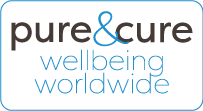
 EN
EN NL
NL BE
BE







